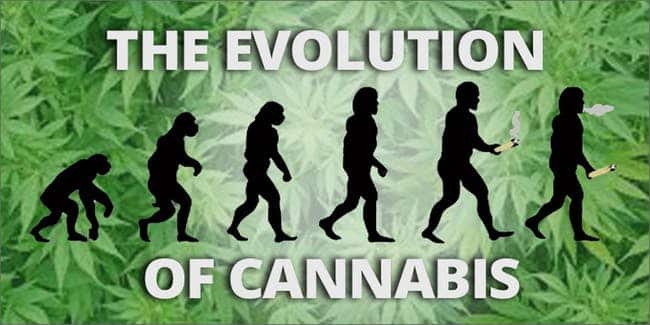How the process of removing terpenes from Cannabis sativa decreases salvageable material and why it’s not a problem.
Do you like my new jeans? They’re Levi’s, and I got them on sale at TJ Maxx! I’m going to take them home and dip them in bleach. Then, I’m going to run them through a drying machine 150 times. Later, I’m going to purge the remaining bleach by placing my jeans in a paint shaker and hitting them with high-powered lasers.
If this process seems strange, it’s weirdly analogous to how we sometimes extract compounds from cannabis and turn it into extracts.
Through a process of dissolving, spinning, shaking, and gassing, we coax out the desired terpenes, THC, and other cannabinoids from Cannabis plants.
When we do this, we are inalterably changing the landscape of the plant’s chemical and physical structure. This change leaves us with a similar product to what we started with, but perhaps in a different shape, form, makeup, or consistency.
You might look at a pair of bleached and frayed jeans and not consider wearing them, just in the same way you might not consider popping a bud of Cannabis sativa in your mouth and eating it like that. You could do either, but there areother available options that will lead to better outcomes.
Even when using more advanced methods of extraction, the chemotypic layout of your substance is going to change through the process of extraction. [1]
While you are apt to lose some of your terpenes when extracting them, your final product does not need to show any lack of diversity or potency. If your flower is high in myrcene, low in pinene, and has a mixture of limonene, linalool, and ocimene, but your extraction doesn’t match that profile, you can always re-introduce what you lost during the extraction process. As a result, the product that goes to market may have a similar composition to the flower it was extracted from. Companies like Eybna have taken the supplementation of terpenes a step further, and will customize the terpene profile of an extract or concentrate to parallel that of the cultivar.
While extraction methods are becoming more advanced and can focus on particular compounds with fewer solvents and less invasive methods, we still have no way of extracting 100% of what the flower has to offer and recreating its bouquet in a dish.
Do you think we’ll one day be able to extract 100% of the chemical profile from a Cannabis flower?
Reference
[1] Sexton et al, Evaluation of Cannabinoid and Terpenoid Content: Cannabis Flower Compared to Supercritical CO2 Concentrate, Planta Med,2018; 84(04): 234-241.











